Would-Be-Trash Veggies Are Being Transformed Into School Meals in Brazil
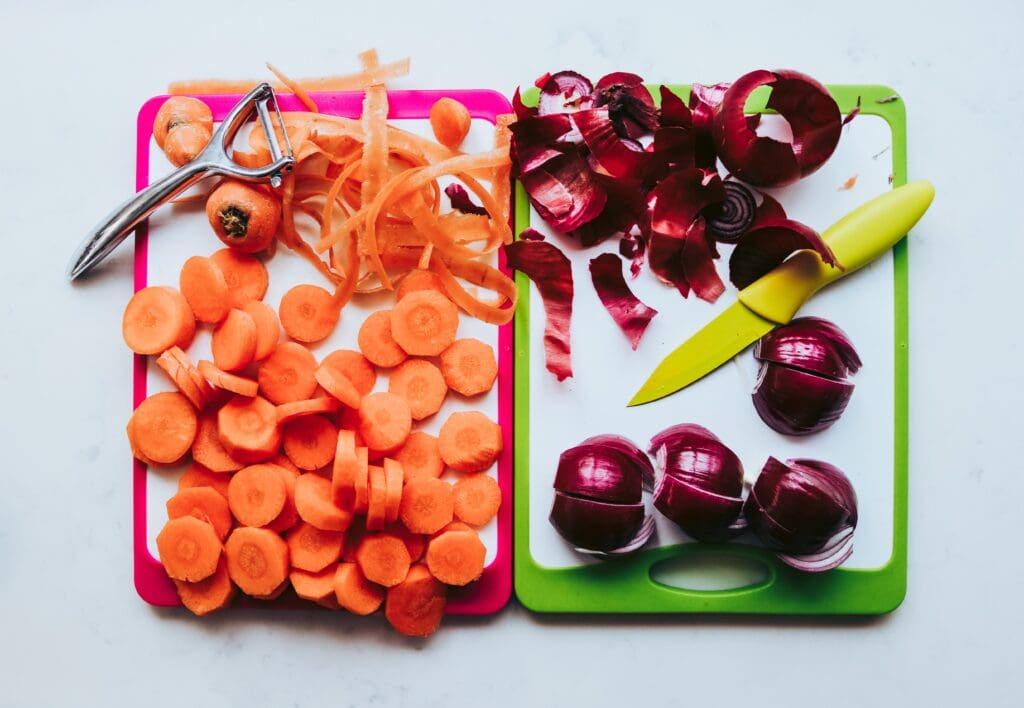
Just like the rest of the world, Brazil wastes roughly 30 percent of the food it produces. In high-income countries, food waste usually happens at homes, hotels and restaurants when consumers buy more than they eat. In low-income countries, food waste happens during production, harvesting, processing, storage and distribution. In Brazil, food is wasted at both ends of the chain.
Now, small-scale farmers, big food companies, retailers and governmental institutions are working together to try and decrease food waste from production to distribution. Reducing food waste by consumers, however, requires a new mind set, and schools play a crucial role in ensuring new generations are more conscious of it.
Every day, around 42 million children eat lunch in Brazil’s 160,000 public schools. And it’s not just a meal they receive: the Brazilian National School Feeding Program also includes nutrition education activities. The way the schools buy, prepare and serve the food sets an example for the kids, and the school cooks are pivotal in building healthy and sustainable eating habits.
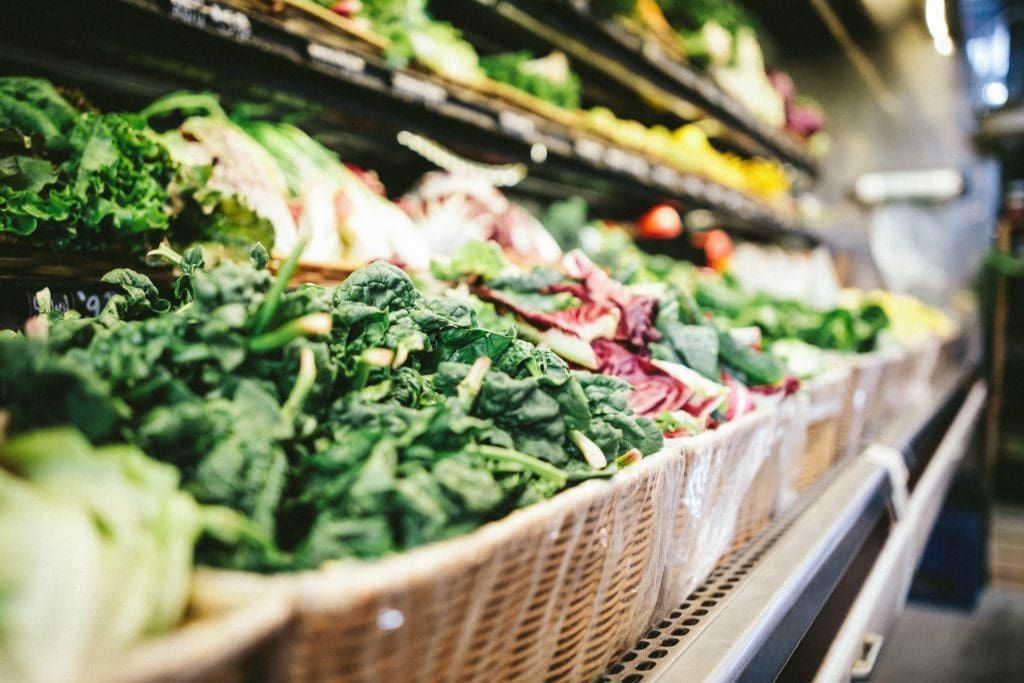
$1 trillion dollars worth of food is lost or wasted every year — enough to feed more than twice the number of hungry people.
A Cooking Contest With Food Waste
Luciana Pinheiro is the head cook at a primary school in the small town of São Sebastião do Paraíso, in Minas Gerais state. She was one of five winners of the second edition of the Best School Feeding Recipes contest, conducted by the Brazilian National Fund for the Development of Education in partnership with the UN World Food Programme’s Center of Excellence against Hunger, FAO and local partners
Luciana’s winning recipe was rice with chicken and vegetables that are usually discarded, such as beetroot leaves and pumpkin peel.
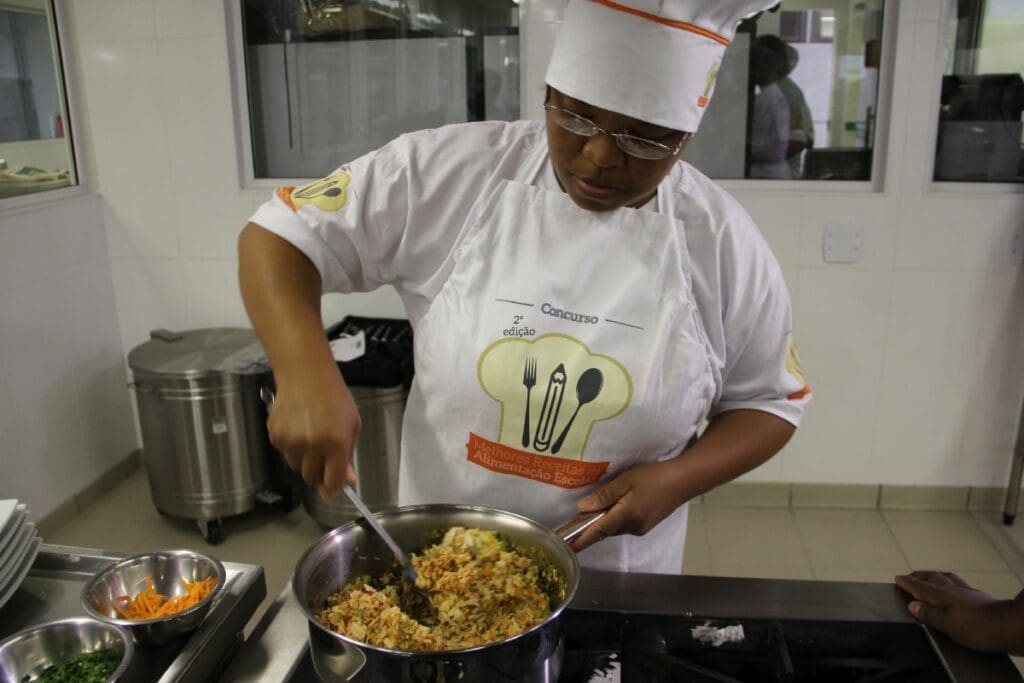
Luciana adding the final touches to her super-healthy rice.
This recipe changed the way the school kitchen works. For every preparation, the cooks now select food parts that would go to the trash bin and use them to give more nutrients and flavor to other dishes.
The peel of the carrots and onions, for example, adds flavor to stocks used as the basis for several dishes. Luciana works closely with a local nutritionist, and the idea is spreading to other schools in the region. Luciana’s rice was presented, the students loved it and immediately it was added to the school’s regular menu.
“I wanted to create a colorful and nutritious dish that would draw the attention of the kids and show that using all parts of the food we have is not only good for their health and for the environment – it is also delicious,” says Luciana.
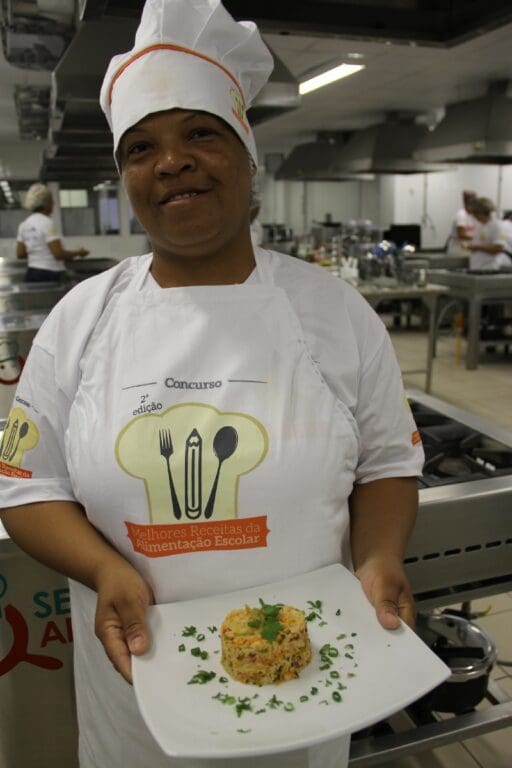
Luciana Aparecida Pinheiro prepared a winning dish at the Best School Feeding Recipes contest.
As part of the nutrition education activities, some students were involved in developing the recipe. When the kids tried the dish for the first time, a survey conducted by a group of students showed that 91 percent liked it, and 70 percent enjoyed eating all the ingredients used in the preparation.
The new dish was used by school staff as an opportunity to mobilize the entire school community. The nutritionist invited parents and school staff to discuss how they could use all parts of their vegetables at home to eliminate food waste and improve nutrition. According to Luciana, after this experience, the kids are willing to try new foods, especially vegetables.
“My everyday challenge is to prepare good and healthy food for the kids. When I prepare this dish, I see the children filled with happiness. It is good for them, good for me and for the whole country,” says Luciana.
Luciana’s approach to reducing food waste was life-changing for her. She won a monetary prize from the school meals contest and traveled to Brasilia for the first time. “I learned new techniques, tasted different regional cuisines, met new people and received a lot of media attention. I will never forget those magical moments.”
Policy Leads to Change
Today in Brazil, school feeding programs must buy at least 30 percent of their food from small-scale farmers, as required by law. Furthermore, food that’s produced locally gets priority over food that needs to be transported from long distances. The meals must follow menus prepared by nutritionists to meet kids’ nutrition standards and to take advantage of local crops and food habits.
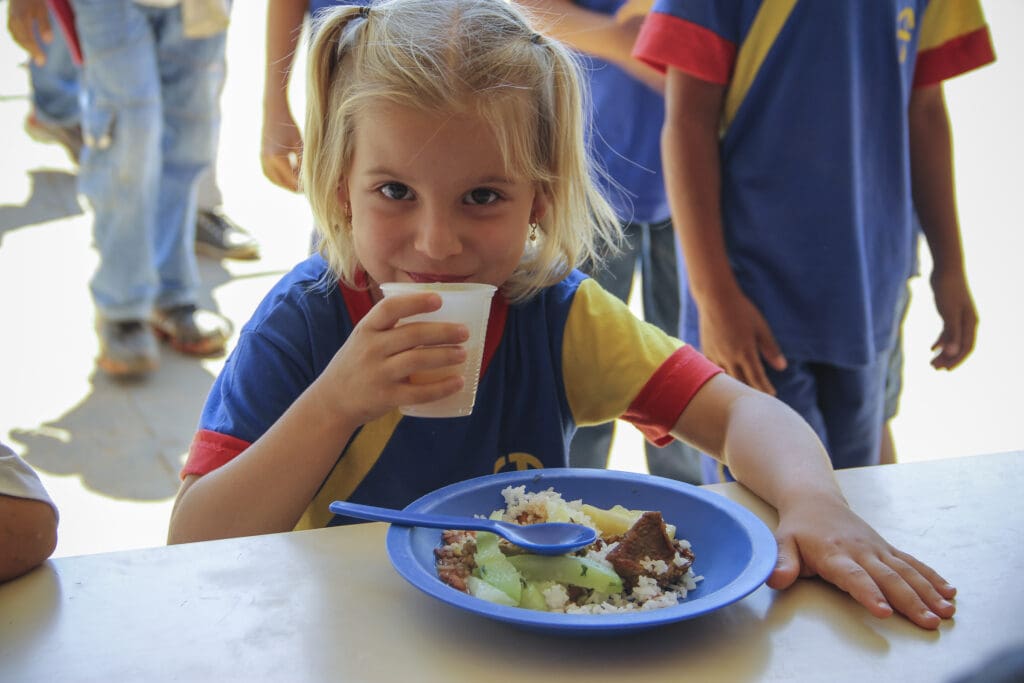
In Brazil, school meals are entirely funded by the government and 30% of the food budget is used to purchase produce from small-scale farmers.
These unique features made the Brazilian school feeding program an inspiration for other developing countries committed to finding sustainable solutions to hunger. Based on the Brazilian experience, the WFP Center of Excellence Against Hunger is supporting over 30 countries to design or implement home-grown school meals programs.
The benefits go far beyond waste reduction. School feeding programs have proven to be one of the most effective, long-lasting solutions to global hunger. They improve child nutrition, act as a catalyst for educational achievement, and boost opportunities for local farmers, traders and communities.
This story was written by Isadora Ferreira and originally appeared on WFP’s Insight.
There's enough food to feed everyone on the planet. The problem is that nearly one-third of all food produced globally each year is lost or wasted. See more food waste solutions at our Food Waste and Hunger hub.




